CONTENT
- Breaking Down Competitive Advantage
- The Competitive Advantage Trap – The Sea of Sameness
- Shifting the Paradigm of Competitive Advantage – Belief, Not Benefits
- Examples of Belief-Driven Competitive Advantage
- The Process of Building Belief
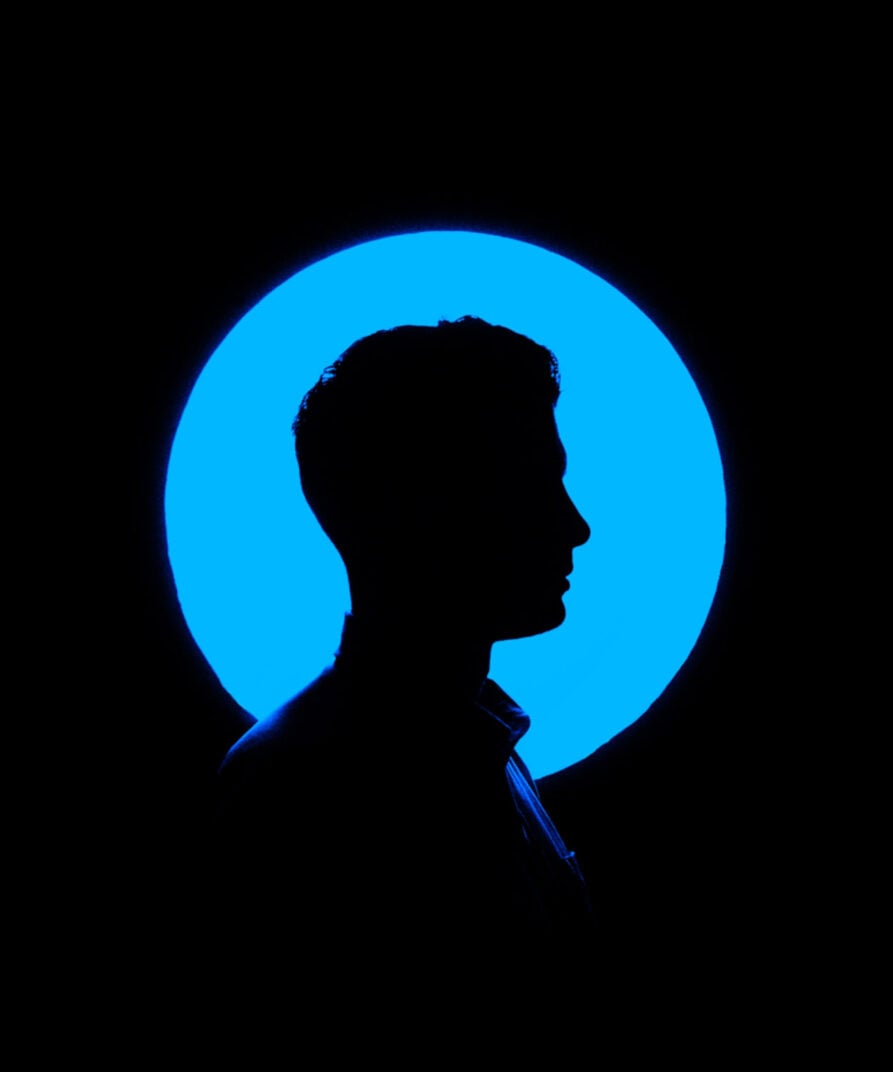
Business Branding / BY Scott Hancock
Published On 09.25.2023
Put simply, competitive advantage is the beacon toward an exceptional market position. Rooted in the foundational works of Michael Porter and other visionary theorists, competitive advantage means that a brand can outshine its rivals by offering a distinct value proposition that matches its customers’ needs while standing apart from competitors’ offerings.
There are a number of different ways brands have traditionally built competitive advantage:
Product or Service Differentiation: Companies can carve out distinct market positions by offering unique and exceptional features while maintaining satisfactory quality. Think Lululemon’s combination of technical fabrics with stylish designs or Apple’s focus on sleek aesthetics, seamless integration, and user experience. These features and benefits have set its products and, in turn, brand apart from competitors.
Cost Advantage: For some brands, focusing on minimizing costs while maintaining acceptable levels of quality can help establish a robust market position. Several well-known companies have successfully employed the cost leadership strategy to create a distinct competitive edge. For example, Planet Fitness eliminated costly features to position their brand with significantly lower price points compared to many other gyms. Walmart has become America’s home of low-priced quality goods for the whole family thanks to its low-cost, streamlined supply chain and favorable terms with suppliers.
Focus Specialization: By narrowing an organization’s scope and dedicating resources to a specific market segment, product category, or geographic region, companies can cultivate specialized expertise that sets them apart. Think REI’s specialization in outdoor gear and equipment as a go-to brand for outdoor enthusiasts or Nike’s focus on athletic footwear and apparel becoming synonymous with sports performance and lifestyle.
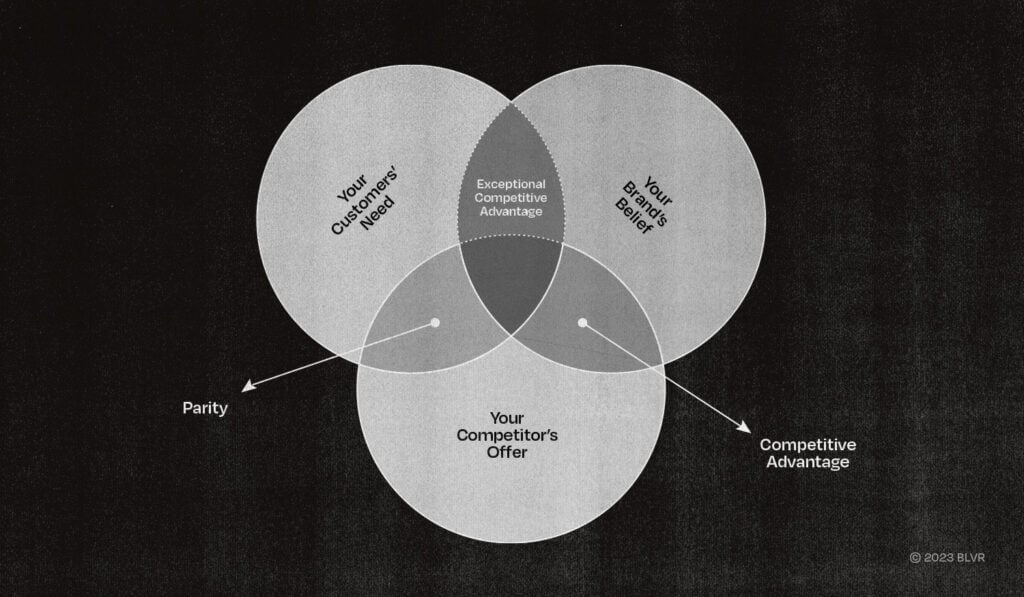
There’s a fine line between competitive advantage and competitive parity – Brands that work hard to stand out in the market can find themselves unwittingly trapped in a “sea of sameness.”
This paradox emerges when the factors meant to distinguish them become industry standards and lose their power to set the brand apart. Those initially unique features, price points, or focus that once gave a brand an edge become swiftly adopted by competitors, going from advantage to table stakes. Feeling the strain, we see brands often resort to price competition as a primary strategy to attract customers. This can result in shrinking profit margins and make it difficult for businesses to sustain profitability. Products or services that were once differentiated are now viewed as commodities with little distinctiveness. Your consumers? They perceive your products as interchangeable, leading to a lack of brand loyalty and reduced perceived value.
“The key to investing is determining a company’s competitive advantage — and above all, the durability of that advantage.”
– Warren Buffett
How do you break free of the sea of sameness? For some brands, it may mean constantly innovating and redefining their value propositions to meet market trends and consumer demand.
But for other brands, it means changing the competitive advantage rule book by focusing on what they truly believe in. At its core, it means not just having a unique product or service; it’s about having a genuine conviction or value at the brand’s core.
This is a significant shift from the traditional approach. Instead of tailoring their beliefs to match their audience, these brands reveal their authentic principles. By doing this, they naturally attract and resonate with customers who already share these beliefs. It’s about creating a deep bond beyond just buying and selling; it’s about telling a story that goes beyond product features and creates a stronger loyalty and connection to the brand. This is a game-changer in the world of competitive advantage.
Patagonia
Patagonia is a prime example of a brand that has built its competitive advantage around a belief driven by environmental sustainability and corporate responsibility. The company’s strong belief in protecting the environment aligns with its product offerings and business practices. Patagonia’s “Don’t Buy This Jacket” campaign and initiatives like the “Worn Wear” program encourage consumers to make mindful purchasing decisions and promote a culture of reducing waste.

RXBAR
RXBAR stands as a prominent illustration of a brand that has strategically positioned itself with a distinctive belief-driven competitive advantage. With a commitment to simplicity and transparency, RXBAR’s strong belief in providing nourishing and clean snacks aligns seamlessly with its product philosophy. The brand’s straightforward ingredient lists and emphasis on whole foods resonate with health-conscious consumers seeking convenient and nutritious options. RXBAR’s dedication to clarity and authenticity in its products reflects its core belief in delivering honest and nourishing choices, setting it apart in the wellness and snack industry.
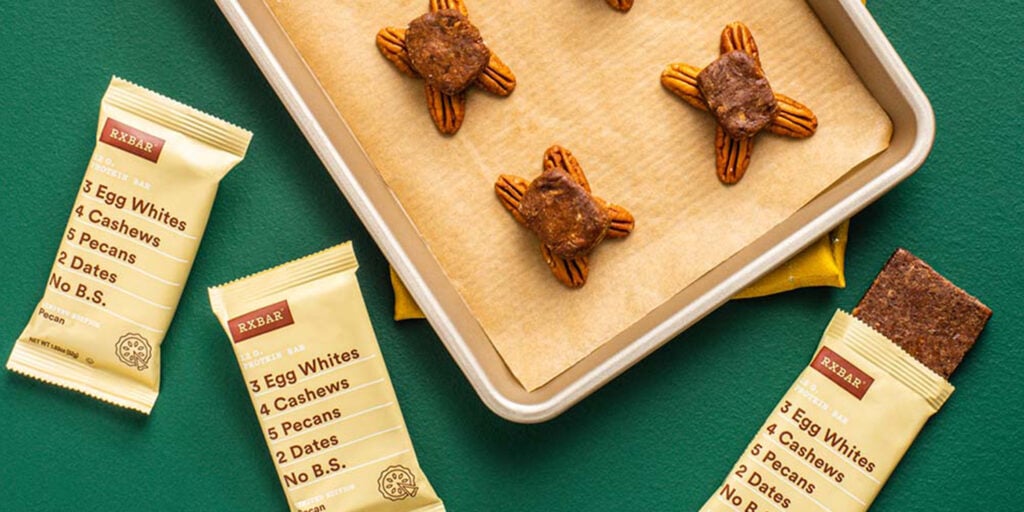
Thrive Market
With a steadfast commitment to ethical and sustainable consumption, Thrive Market’s deep belief in making wholesome and responsibly sourced products accessible to all is evident in its core values. The brand’s platform offers a curated selection of organic, non-GMO, and sustainable products, aligning seamlessly with its belief in bettering lives through conscious choices. Thrive Market’s membership-based model and dedication to affordability for health-conscious consumers echo its fundamental belief in fostering a healthier planet and community, setting it apart in conscious consumerism.
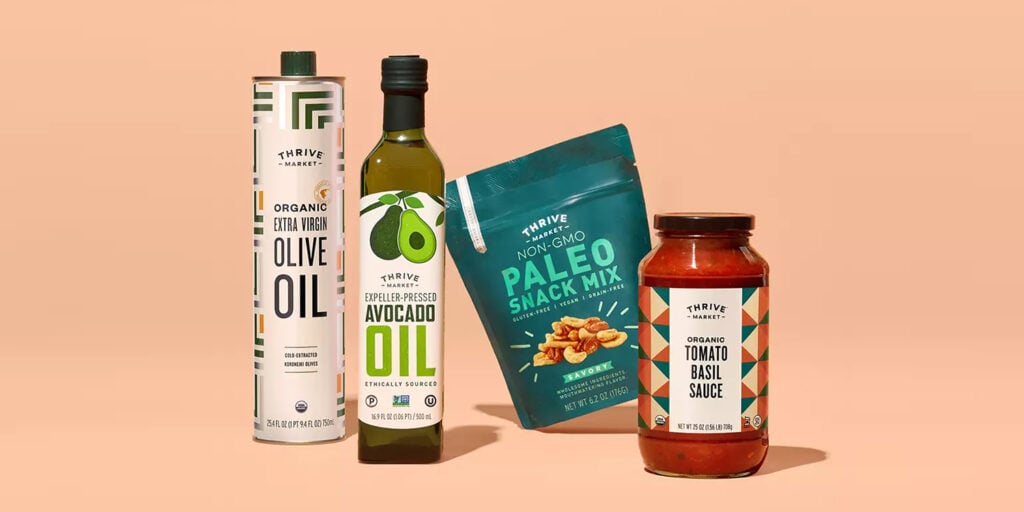
Rare Beauty
Rare Beauty is a powerful example of a brand that has strategically carved out a competitive advantage by staying true to its beliefs. With Founder Selena Gomez at the helm, the brand is resolutely committed to celebrating authentic beauty and self-expression, a belief that permeates every aspect of its product offerings and marketing initiatives. By wholeheartedly embracing the mission of encouraging people to embrace their unique selves, Rare Beauty perfectly aligns with its belief in fostering self-confidence and self-expression.

Building belief isn’t a formulaic process but a journey that demands authenticity, consistency, and bravery. When done right, it becomes the heart and soul of thriving organizations and separates you from the sea of sameness.
At BLVR®, we’ve worked with many brands to harness their belief as a competitive advantage. We have plenty of resources and workshops if you want to learn more. In the meantime, here are three helpful starters to embark on this transformative journey:
Remember, inauthentic attempts to tap into belief can backfire. Customers are increasingly adept at discerning genuine belief from mere marketing tactics. Brands must ensure that their commitment to their belief is genuine and sustained.
In an era of hyper-competition and shifting consumer dynamics, belief emerges as a beacon of light guiding brands toward a sustainable competitive advantage. Beyond products and services, belief represents a narrative that resonates deeply with customers, creating a unique position that is emotionally connected. Brands that harness the transformative power of belief and anchor it at the center of their entire business model are positioned to thrive in today’s market and shape the future trajectory of business. As the landscape continues to evolve, the brands that harness belief will be the ones that lead, inspire, and endure.
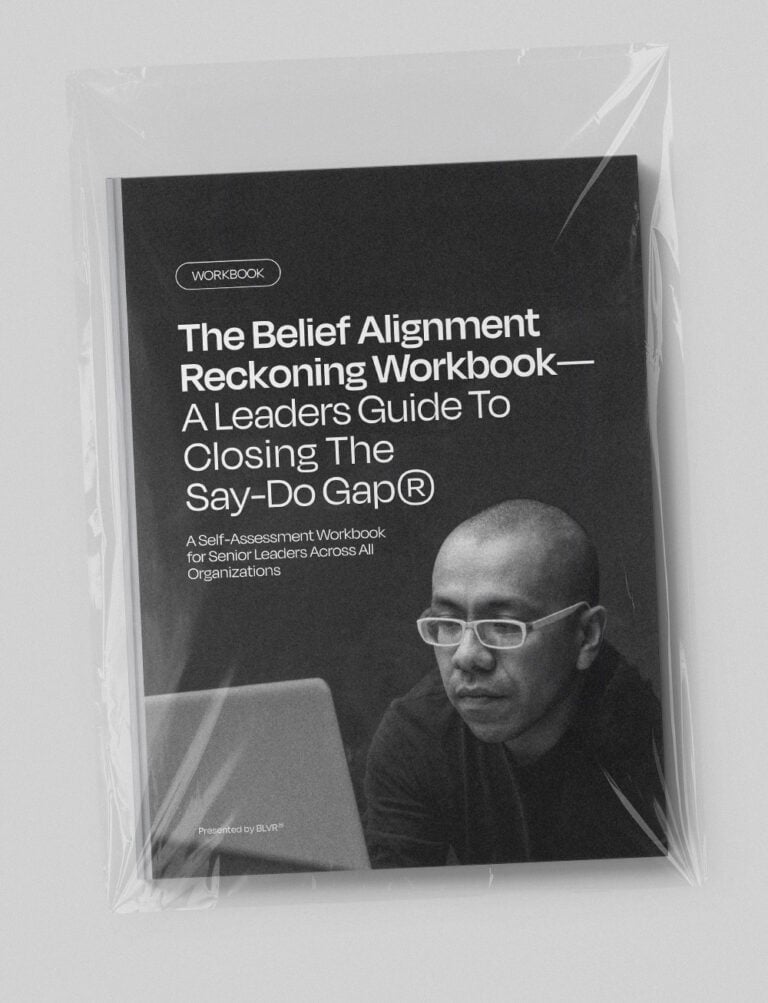
About the Author

Partner / CEO
Scott Hancock is a thought leader in belief-driven branding and an expert in closing the Say-Do Gap®—the critical divide between what brands say and what they actually do. As CEO of BLVR®, Scott has pioneered a belief-led approach that helps organizations transform their core conviction into bold actions that inspire trust, loyalty, and market leadership.
With a reputation for pushing brands to go beyond surface-level promises, Scott’s work has been recognized by AdWeek, Forbes, and Fast Company for its fearless creativity and impactful results. His leadership has empowered BLVR® to become a trusted partner for purpose-driven brands seeking to align their actions with their core belief and create lasting change.
